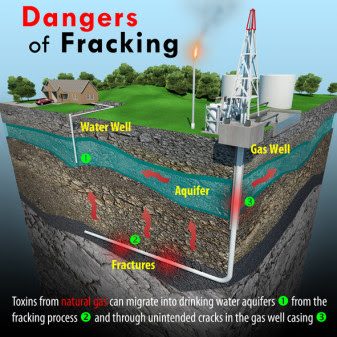
These days there are so many different things that business owners need to be aware of. It takes a lot of work in 2018 to develop a successful brand, but it is also important to think about sustainability. Always keep in mind the fact that you have to think about the future and consider how the business will be impacted over the years. This needs to be something you have a plan to help your brand grow effectively over the years.
There are a lot of things in the world of business that can have a bearing on the future. One of the key concerns in 2018 should be looking at how the company can be greener and more sustainable. Working toward an eco-friendly business is really important because this is something that is going to have positive impacts for the future, and for the world in general too. Here are some things you can do to work toward a more eco-friendly company.
Lean Manufacturing
One of the best ways of working toward being more conscious of the environment is to embrace lean manufacturing. The principal goal of lean manufacturing is the practice of reducing the amount of waste that your business creates, without reducing productivity. You can take courses to help make you an expert in this, an apply it to your business as well as possible. This is so important for the future because it helps the business be more eco-friendly.
Energy Efficient
There are a few things you can do that will help you make your company more environmentally sound, and one of the big ones is to become more energy-efficient. There are plenty of ways of achieving this, and it is important to look at the amount of energy you’re using in the company. Make sure you turn off the power as much as possible, switch to eco-friendly lighting, and make changes that are going to improve this throughout the company.
Electric Cars
If you are in a position to be providing company cars, it is really important to look at getting a fleet of electric cars. These may not be ubiquitous quite yet, but they are an excellent way of making sure you reduce your company’s carbon footprint. Electric cars don’t use fuel, so they cause much less damage to the environment as a result.
Upcycle
Another excellent way of improving the brand and taking things forward is to make sure you upcycle. This is something you need to make sure you are doing within the offices as it will really help you get a good handle on this. Think hard about the furniture you’re going to be using in the business, and consider how you can upcycle and make the most of what you have at your disposal.
Setting your business apart from the competition is so important, and these are some of the best ways of helping you achieve that. By running a company that is more environmentally sound you will be very well placed to ensure you can be a success. What’s more, you are going to make the company much more appealing to customers and investors in the future as well.






















